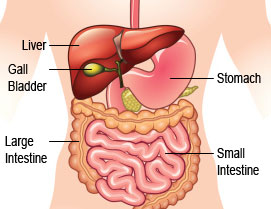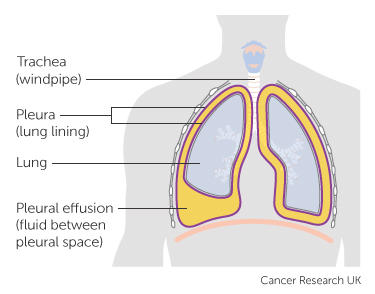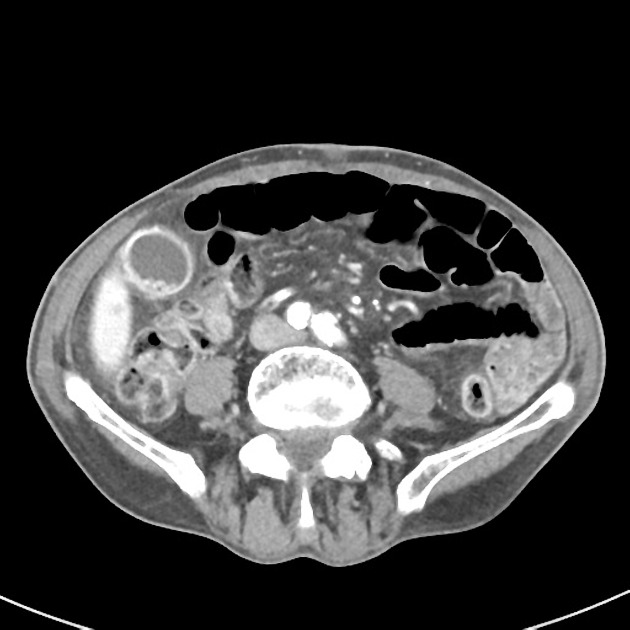This condition also known as bile duct cancer is an uncommon form of cancer that occurs mostly in people older than age 50 though it can occur at any age.
Bile duct cancer spread to lungs.
Peritoneum the membrane that lines the walls of the abdomen and pelvis parietal peritoneum and covers and supports most of the abdominal organs visceral peritoneum.
But it can spread to other areas.
Bile duct cancer is a rare form of cancer with approximately 2 500 new cases.
They are called a multidisciplinary team mdt.
Cholangiocarcinoma is cancer that forms in the slender tubes bile ducts that carry the digestive fluid bile.
But for treatment purposes doctors often use a simpler system based on whether or not the cancer can probably be removed resected with surgery.
The tnm staging system provides a detailed summary of how far the bile duct cancer has spread and gives doctors an idea about a person s prognosis outlook.
Bile ducts connect your liver to your gallbladder and to your small intestine.
Bile duct cancer is a rare disease in which malignant cancer cells form in the bile ducts.
Cancer cells in the bile ducts can sometimes travel to the lungs and grow there.
A team of doctors and other professionals discuss the best treatment and care for you.
Find out how cancers spread.
Bile duct cancer can sometimes spread to the bones brain or lungs but that is uncommon.
This makes it hard for the body to work the way it should.
Cancer cells can spread to other parts of the body.
The most common places for bile duct cancer to spread are the lungs bones and the lining of the abdomen called the peritoneum.
A network of tubes called ducts connects the liver gallbladder and small intestine this network begins in the liver where many small ducts collect bile a fluid made by the liver to break down fats during digestion the small ducts come together to form the right and left hepatic ducts which lead.
Cancer can start any place in the body.



























